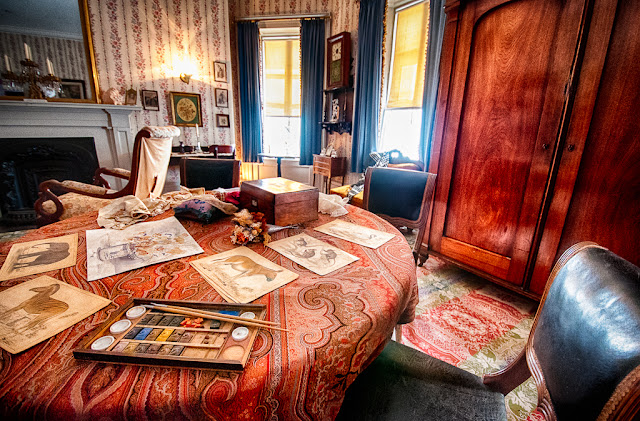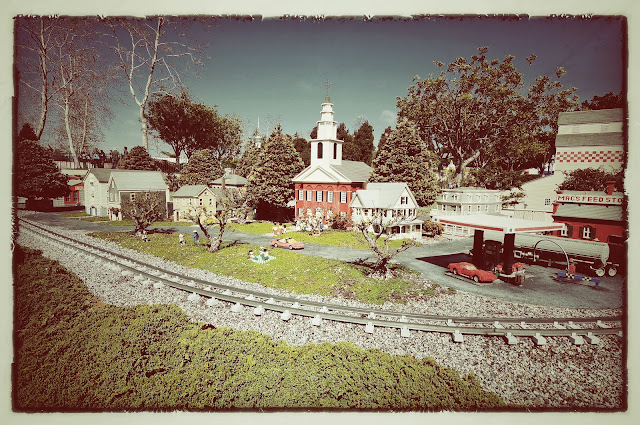I've recently discovered time-lapse photography. I mean I've always known what time-lapse is, but never thought about it as a still photographer. I guess this is the problem. When you fail to expand your world by thinking that still pictures can only be still pictures, you miss the other possibilities.
The process of stringing together a bunch still images is certainly not new, this is how all of my favourite childhood cartoons were made. But I never considered trying this with my DSLR until recently.
I came across Trey Ratcliff''s "30 Days and 30 Nights in Queenstown" movie, which is pretty cool. But then I saw brief background on the programs he used and realized that this was all shot with a still camera. You can't help but get inspired by by watching this.
I started doing some Googling and found lots of details on how to shoot time lapse. An important one was having and Interval Shooting mode on your camera. So I grabbed the manual for my D300s and sure enough it has this feature. Note: I never looked for this before because I didn't know to look for it! So I got excited and decided that I needed to try this out. Basically, the interval shooting mode will automatically shoot at a programmed interval for as long you tell it to, or until your memory card is full, or your battery runs out.
Here are a few of the basics that I found... you need to have:
- A camera with an interval shooting mode. If yours doesn't have this (not all do) you can pick and "Intervalometer" to hook up to you DSLR that will do it for you.
- A sturdy tripod
- A program that can export to video (I'm using Lightroom. If your a photographer and you don't have it already, you need to get it for everything that you do.)
- And lastly time and patience
There's actually a little more to it, but you don't need anything more than this to give it a try, which is what I'm doing. Now I'm definitely not an expert on this, I just discovered it and wanted share my experience, hence the title "Adventures in Time-Lapse".
This is a really cool technique and I want to try creating something similar. Will my time-lapse look like Trey Ratcliff's above? Ummm, not likely... in fact I'm pretty confident the answer is definitely no. Will I make some mistakes? Definitely yes! Will I learn the right way and wrong way to do things? Probably, but don't underestimate my ability to do it wrong over and over... and over again.
Anyway, I shot my first few series of time-lapse trials recently and I'm currently in the process of some simple editing and compilation. I'll share those pieces in a later post as the adventures continue.
Cheers!
DC

































